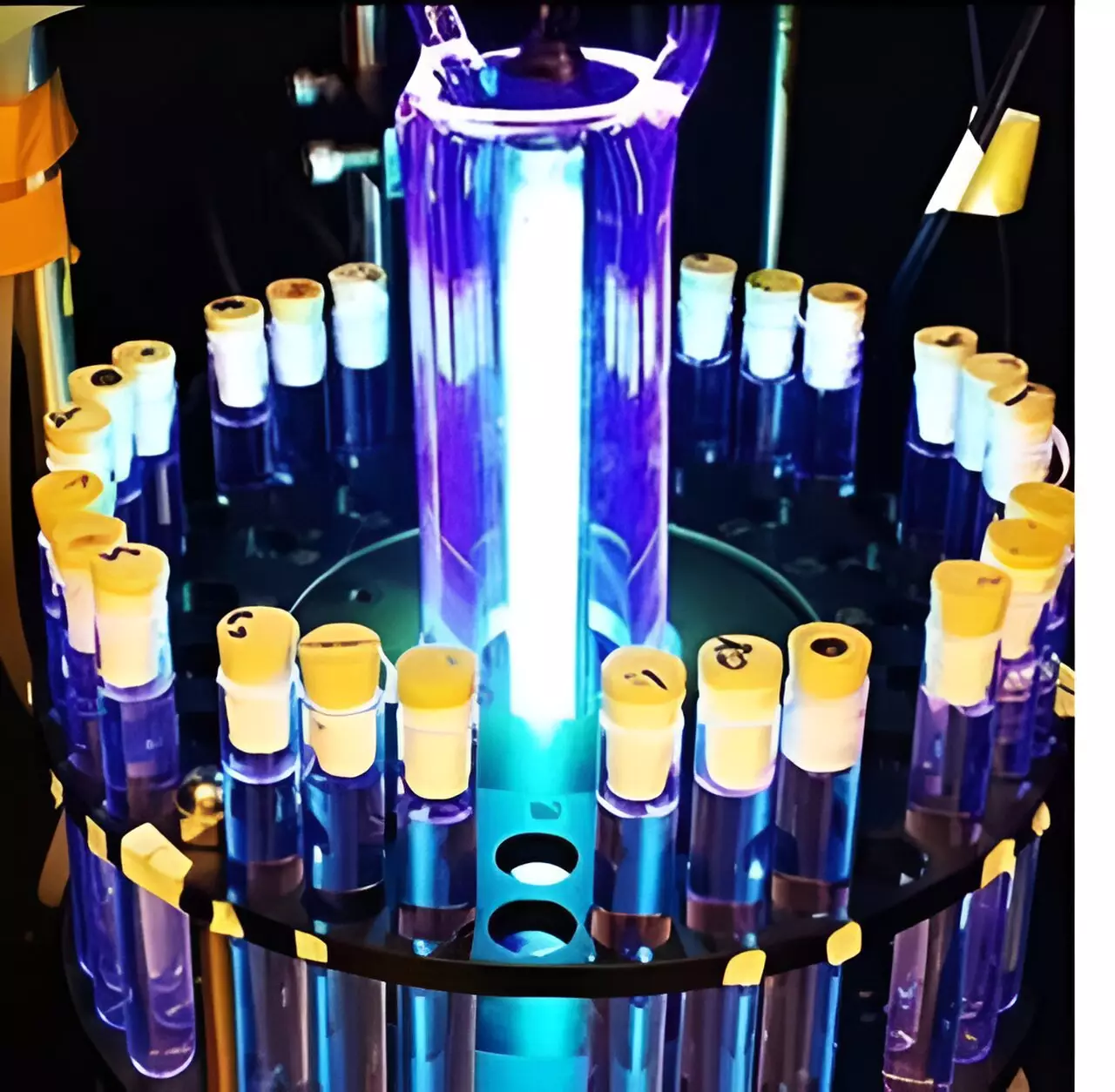Scientists at UC Riverside have made a groundbreaking discovery that could revolutionize the way water providers tackle the issue of “forever chemicals” in drinking water. These chemicals, known as PFAS (poly- and perfluoroalkyl substances), have been a growing concern due to their adverse health effects and contamination of groundwater. With new federal standards limiting PFAS concentrations in drinking water, the pressure is on for water providers to find effective cleanup solutions.
Led by Professor Haizhou Liu, the UC Riverside team has uncovered a chemical process that utilizes high salt levels typically found in wastewater from water treatment plants to break down PFAS compounds. This innovative approach allows the stubborn fluorine-to-carbon bonds in PFAS to be cleaved, effectively removing these harmful chemicals from the water supply. This discovery comes at a crucial time as water providers strive to meet the stringent EPA water quality limits set earlier this year.
Liu’s research, detailed in the journal Environmental Science & Technology, showcases the potential of using salinity in wastewater as a catalyst for the destruction of PFAS through short-wavelength ultraviolet light irradiation. Unlike traditional UV light methods, this process does not require additional chemicals and leaves behind no toxic residuals. The efficiency of this approach in eliminating both long-chain and short-chain PFAS sets it apart from traditional separation technologies.
The impact of Liu’s discovery extends beyond the laboratory, offering real-world solutions for water treatment facilities. Municipal and privately owned providers utilizing ion exchange technology to remove PFAS compounds from drinking water can now enhance their cleanup process with Liu’s innovative method. By effectively targeting and destroying PFAS in brine waste, water providers can maintain the integrity of their treatment systems and prevent further contamination of water supplies.
In addition to ion exchange treatment plants, Liu’s process has the potential to address PFAS pollution in a variety of wastewater sources, including landfill leachate, industrial effluents, and contaminated groundwater. By harnessing the power of salt and ultraviolet light, water providers worldwide can take significant strides towards eliminating “forever chemicals” from our water resources.
With this pioneering research, UC Riverside scientists are paving the way for a cleaner and safer future for drinking water supplies. The innovative use of salt as a catalyst for PFAS destruction represents a major step forward in the fight against water contamination. As water providers across the nation adopt this cutting-edge technology, the vision of pristine drinking water for all becomes a closer reality.


Leave a Reply